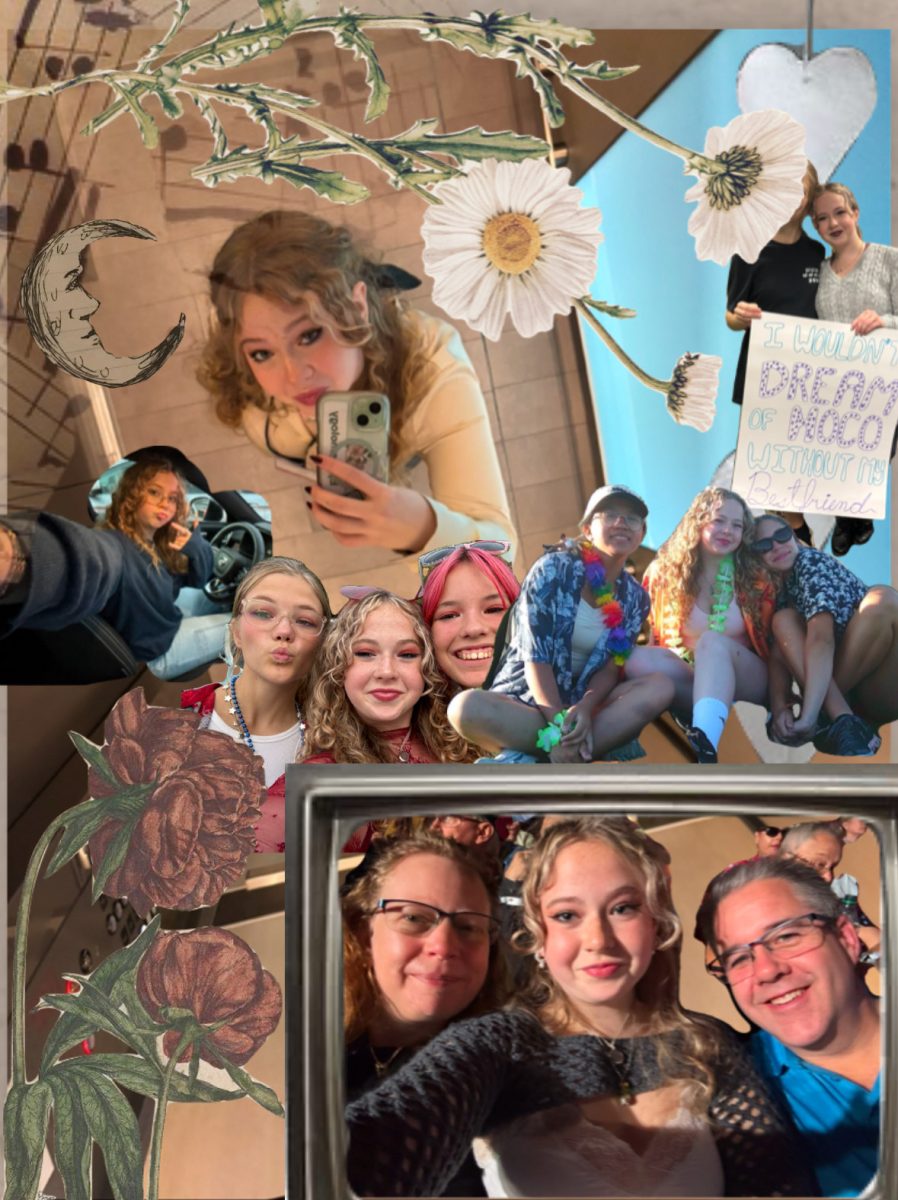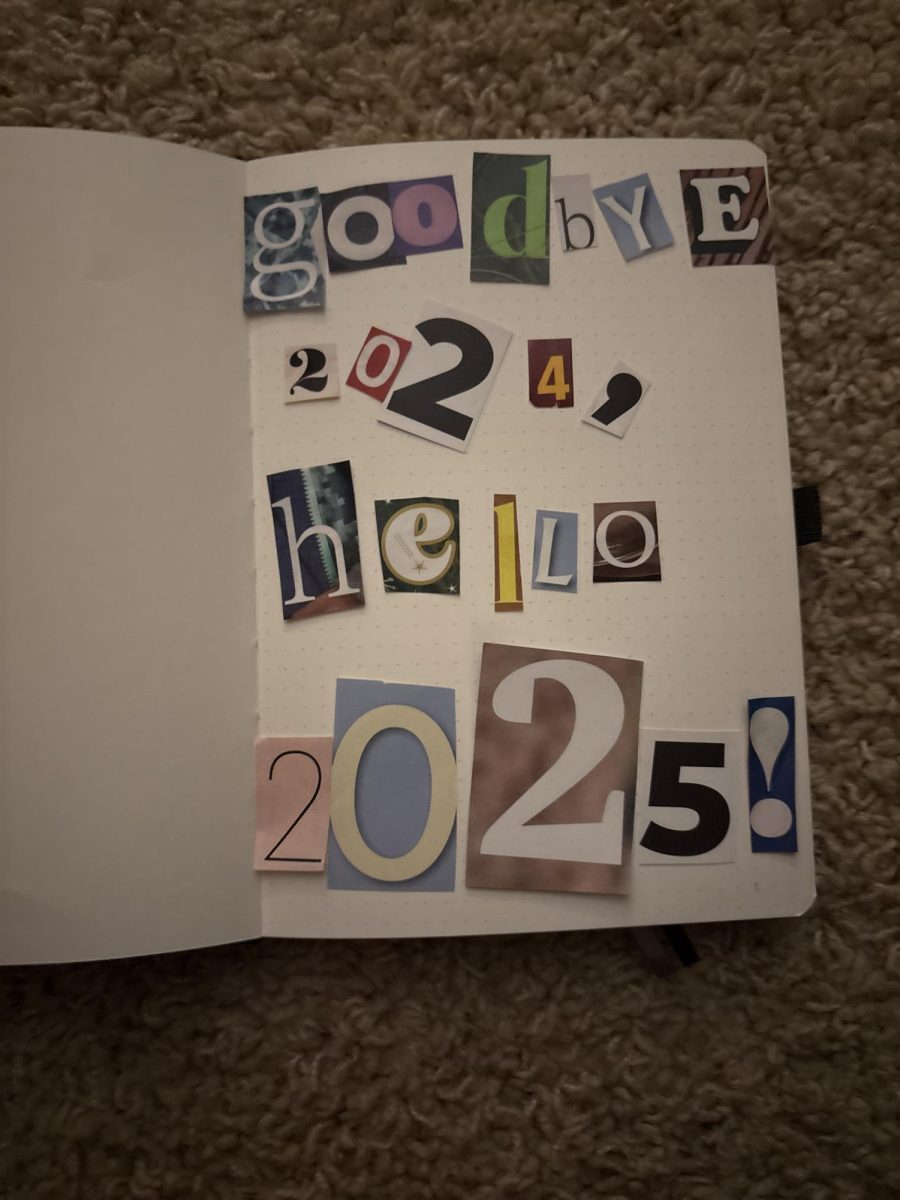Women in the workplace deserve equality

More stories from Courtney Collar
One of the biggest Twitter personalities is none other than our own president, Donald Trump. On January 20, 2018, he tweeted the following:
“Beautiful weather all over our great country, a perfect day for all Women to March. Get out there now to celebrate the historic milestones and unprecedented economic success and wealth creation that has taken place over the last 12 months. Lowest female unemployment in 18 years!”
Throughout the past year of Trump’s presidency, the unemployment rate of women has gone down, undeniably so. However, despite President Trump’s claim of the lowest female unemployment rate, the Bureau of Labor statistics show that in February 2007, the unemployment rate was only 3.8%. The most recent statistic from December 2017 put the female unemployment rate at 4%.
Historic milestones. Unprecedented economic success. Wealth creation.
Tell me, if we had made all of these milestones and had all of this success, why is there a Women’s Bureau and not one for men? The answer is simple really. Women are not equal to men, and the government acknowledges that. Women are not equal in the workplace. Women are not equal from an economic standpoint. Women are not equal from a social standpoint.
One these inequalities can be seen in this mystical thing people call the wage gap. Breaking News: The wage gap is real and women only make about 80% of what a man does. This statistic can vary due to a multitude of factors.
Location is an important influence on the wage gap. Michigan falls close to the middle with a 78% wage gap. New York is leading with the smallest gap at 89%, and Louisiana has the biggest at 70%. Ethnicity and race play a role in widening the wage gap. Hispanic women fall prey to the largest gap, and Asian women have the smallest. Furthermore, a 2016 study shows that the wage gap enlarges with age. Women aged 20-24 experience the smallest gap and earned 96% of a man the same age. By the time women are around the age of 55-64, the gap has widened, so women only make 74% of what the men the same age make.
I can almost hear the naysayers saying now, “It’s the women’s fault for not getting as good of an education and thus having a lower paying job.” Unfortunately, that is incorrect. Women with a college or associate’s degrees are paid 77% of what their male counterpart is being paid. As the degrees become more prestigious, the gap widens. Women who have achieved an advanced degree make 74% of a man with the same achievements makes. Additionally, the wage gap exists to varying extents in every job. For example, women social workers make 85% of what a male social worker makes, whereas women financial managers only make 69%.
The whole reason for the wage gap can be boiled down to one thing: society. Many people, females included, still believe that a woman’s place is in the home, whether consciously or subconsciously. There are so many cases of stay-at-home moms, but not as many stay-at-home dads. Women are supposed to raise the children, so they can’t work full-time or have higher positioned jobs.
A 2015 study done by Lean In and McKinsey discovered that only 3% more men than women want a promotion. Even so, women are 15% less likely to get promoted than a man with equal qualifications.
The cherry on top to all of this is that it is socially unacceptable for a woman to take what she wants; women are not traditionally seen as ambitious beings. A woman cannot attack her goals without being seen as pushy and aggressive. Men, on the other hand, are not subject to this issue in the workplace. A man can go after what he wants and be seen as determined or driven.
Not just actions of professional women are under scrutiny, but their outfit choices as well. Women have to be so careful as to what they wear so the correct image will be displayed. The professional women must be seen as powerful and that she is not something to be sexualized. To put it into terms of shoes, she needs to wear heels, but they can’t be too high.
To conclude this blatantly, inequality is real. It may not be as prominently seen as in the statistics, but its subtleties in the web of society shouldn’t be ignored either. For those with hope for the future, march on.

Courtney Collar is a senior and is entering her second year on staff for The Central Trend. In her spare time, you will find her dancing for FHC's varsity...

























































































Deena James • Jan 24, 2018 at 11:18 am
Well written and well said Courtney! Great research and a great article.